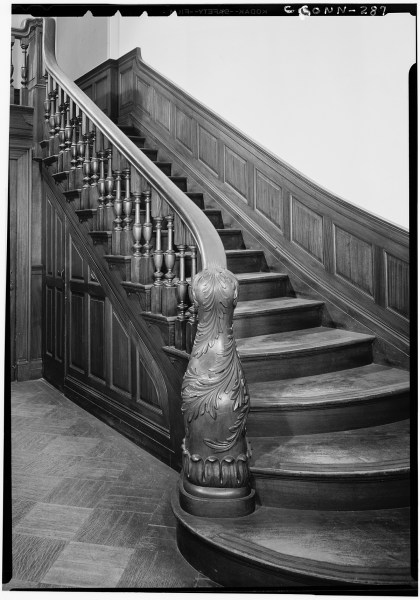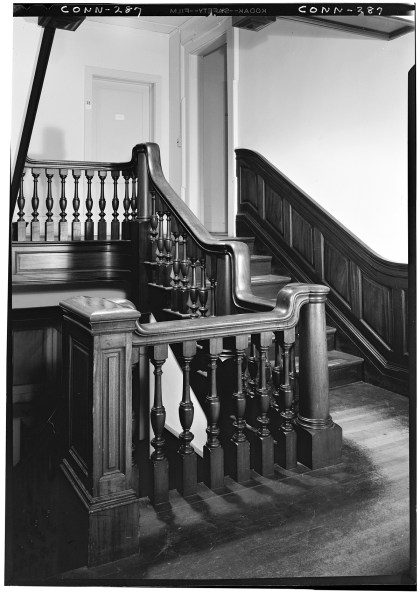
The present demand for hard-wood finish for the interior of dwellings in what might be called cabinet-work style, is tending to displace the ordinary house joiners, and to put in their places men who heretofore have been simply cabinet makers. The style of finish in vogue necessitates the employment of workmen of the greatest skill. Ordinary carpenters, or even joiners of moderate skill, stand very poor chances of turning out satisfactory work where every joint must be invisible, and where neither paint nor putty is allowable.
This demand for house finishing has taken many men from the regular cabinet-making shops into those shops which also engage in house work. At present the pay is better upon house finishing than upon regular shop work, while the additional advantage of being more certain of steady employment in those shops which conduct both branches of the business than in those which carry on but one, takes many men away from the latter.
It should not be supposed, however, that the transfer of mechanics in this way from the line of trade in which they have worked all their lives to another in which they have little or no experience, is attended with no embarrassments. The cabinet maker is seldom as well informed in the matter of construction as the house joiner, and, consequently, he works in this respect at considerable disadvantage. He secures the work, therefore, not so much upon his special merits as a joiner, as upon the lack of qualifications in other directions upon the part of the man he displaces.
House joiners, as a rule, know very little of the art of finishing and polishing the work when constructed, and as the demand is at present, finishing is all-important. The cabinet maker, it would seem, secures work principally by reason of his knowledge in this respect. If the house joiners, therefore, will make a study of this matter of finishing, and also strive to acquire that special skill in the matter of joints which marks the good cabinet maker, they will have but little difficulty in regaining this part of their business or in holding their own against the encroachments of this branch of the trade.
A lesson is to be derived from this condition of things. At the present day no man is safe in his trade in knowing only one thing. He may be a house joiner of exceptional ability, and, having met with success in his trade for a term of years, feel secure. But a change occurs, and for the reason that he is not proficient in the polishing of woods and in other arts specially belonging to cabinet making, he is displaced by men who are his inferiors in all other respects.
On the other hand, if during the time he has been working at his trade as a house joiner, he has also been learning something about polishing and finishing woods, he is ready for a new order of things, and holds his place in his trade, and very possibly, too, at an increase in wages. Other mechanics, as well as house joiners, should take this lesson to heart at this time. There is no telling what will be the next demand of fashion, or what new issue will spring upon the building trades.
In any event, the man who has his eyes open and who carefully studies collateral trades, is more ready for any change whatever than the man who goes blindly along, heeding not the signs of the times, and who wakes up only when he finds some one else earning that dollar that should be his.
Carpentry and Building – February 1880
—Jeff Burks
